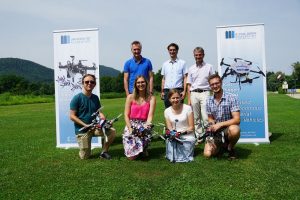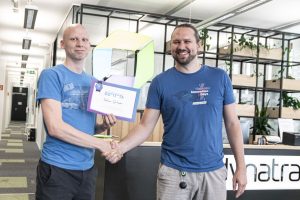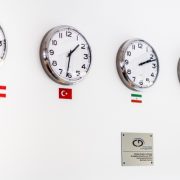Title: INCEPT: INTRA CU Depth Prediction for HEVC
IEEE 23rd International Workshop on Multimedia Signal Processing
October 06–08, 2021, Tampere, Finland
Authors: Vignesh V Menon (Alpen-Adria-Universitat Klagenfurt); Hadi Amirpour (Alpen-Adria-Universität Klagenfurt); Christian Timmerer (Alpen-Adria-Universität Klagenfurt, Austria); Mohammad Ghanbari (University of Essex, UK).
Abstract: High Efficiency Video Coding (HEVC) improves the encoding efficiency by utilizing sophisticated tools such as flexible Coding Tree Unit (CTU) partitioning. The Coding Unit (CU) can be split recursively into four equally sized CUs ranging from 64×64 to 8×8 pixels. At each depth level (or CU size), intra prediction via exhaustive mode search was exploited in HEVC to improve the encoding efficiency and result in a very high encoding time complexity. This paper proposes an Intra CU Depth Prediction (INCEPT) algorithm, which limits Rate-Distortion Optimization (RDO) for each CTU in HEVC by utilizing the spatial correlation with the neighboring CTUs, which is computed using a DCT energy-based feature. Thus, INCEPT reduces the number of candidate CU sizes required to be considered for each CTU in HEVC intra coding. Experimental results show that the INCEPT algorithm achieves a better trade-off between the encoding efficiency and encoding time saving (i.e., BDR/∆T) than the benchmark algorithms. While BDR/∆T is 12.35% and 9.03% for the benchmark algorithms, it is 5.49% for the proposed algorithm. As a result, INCEPT achieves a 23.34% reduction in encoding time on average while incurring only a 1.67% increase in bit rate than the original coding in the x265 HEVC open-source encoder.
Keywords: HEVC, Intra coding, CTU, CU, depth decision













